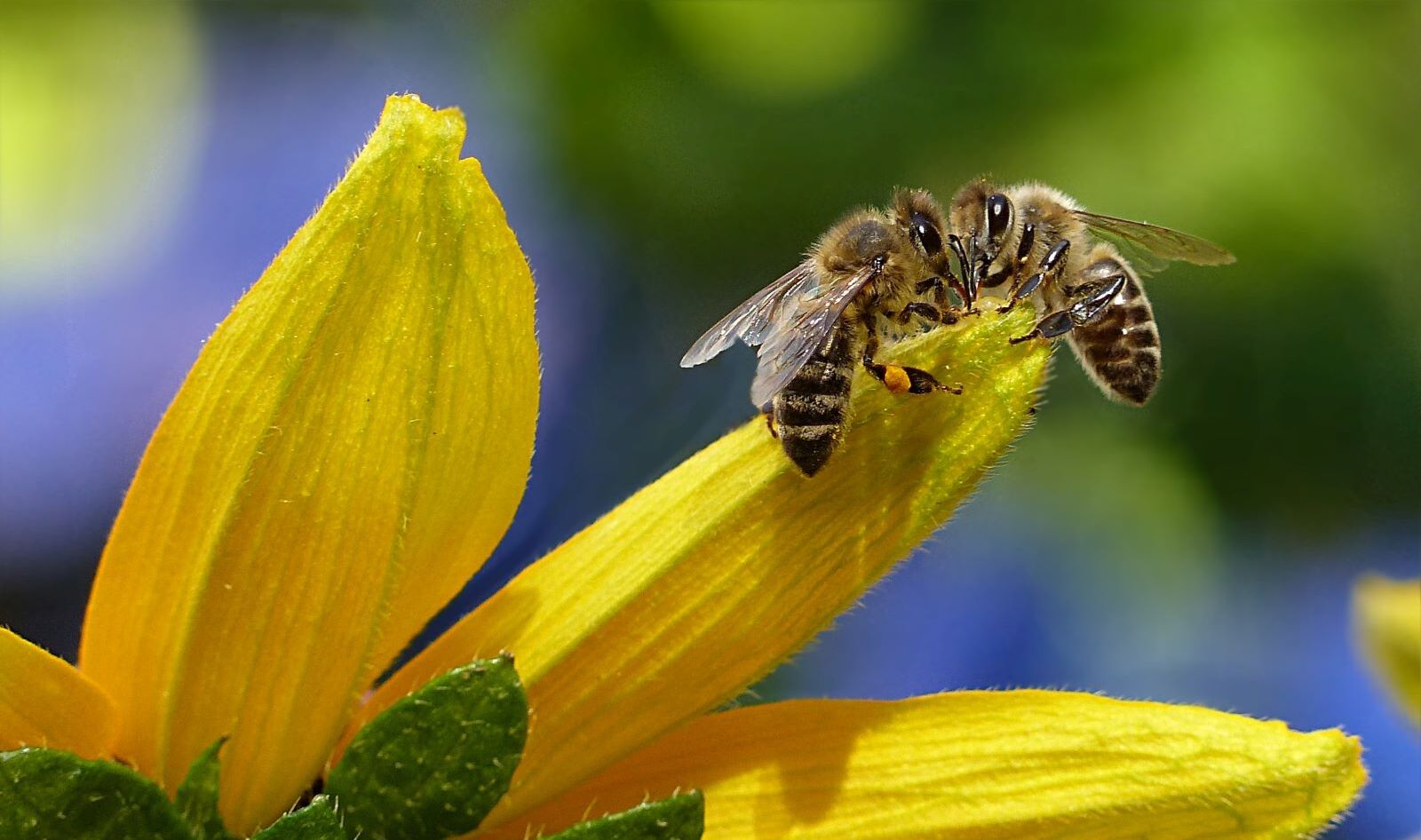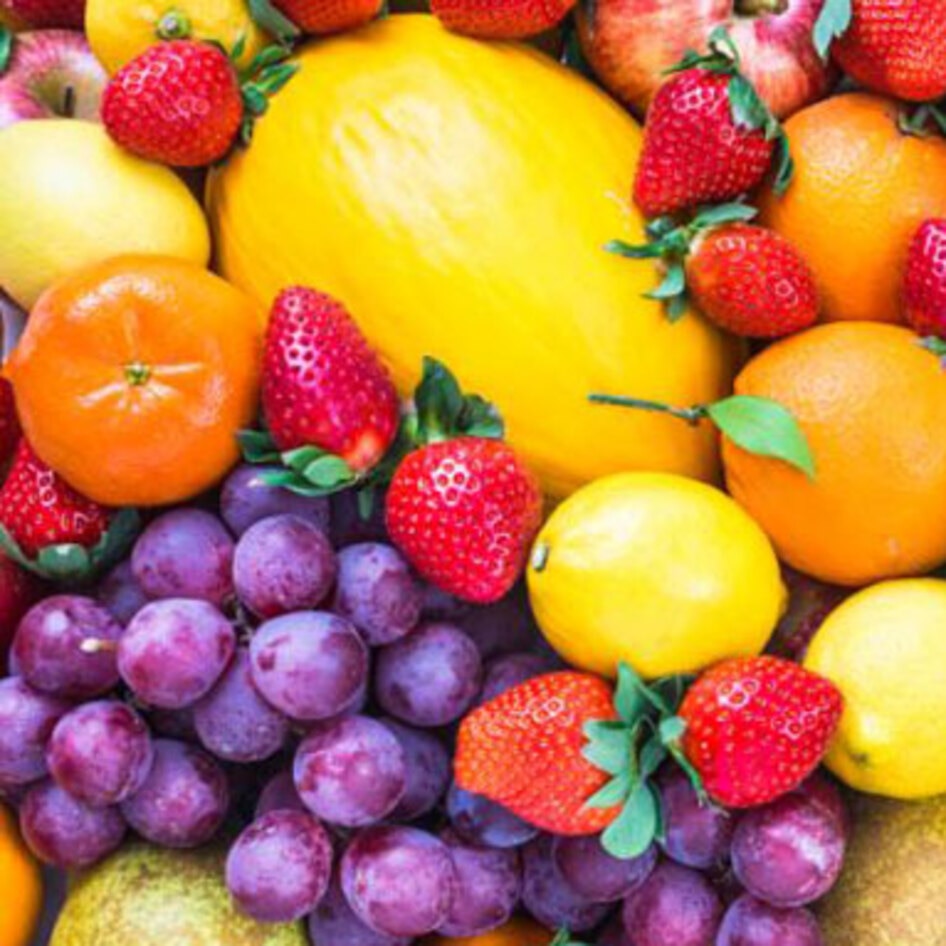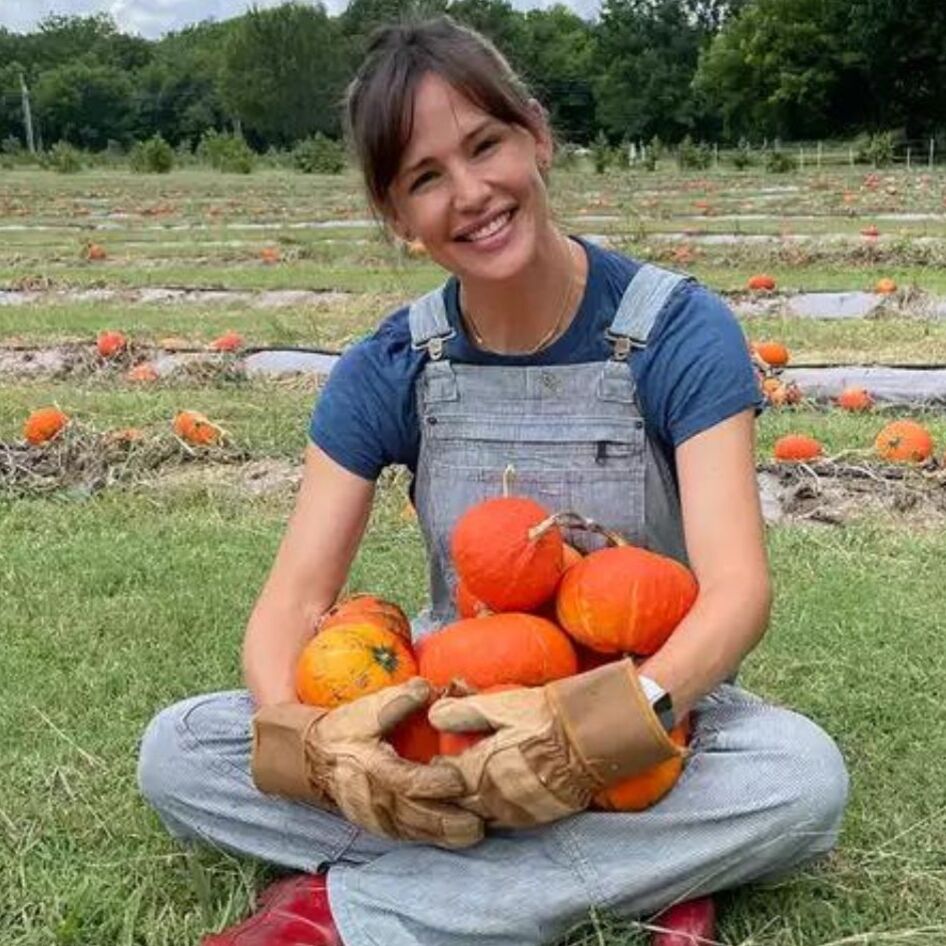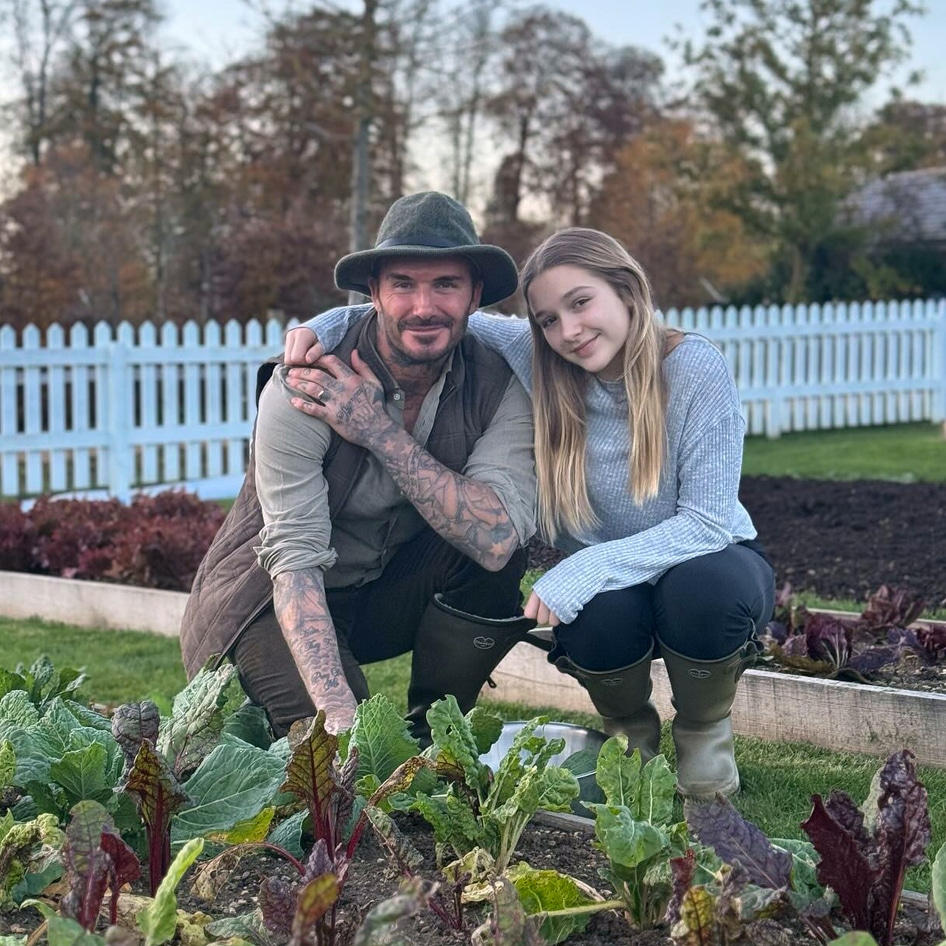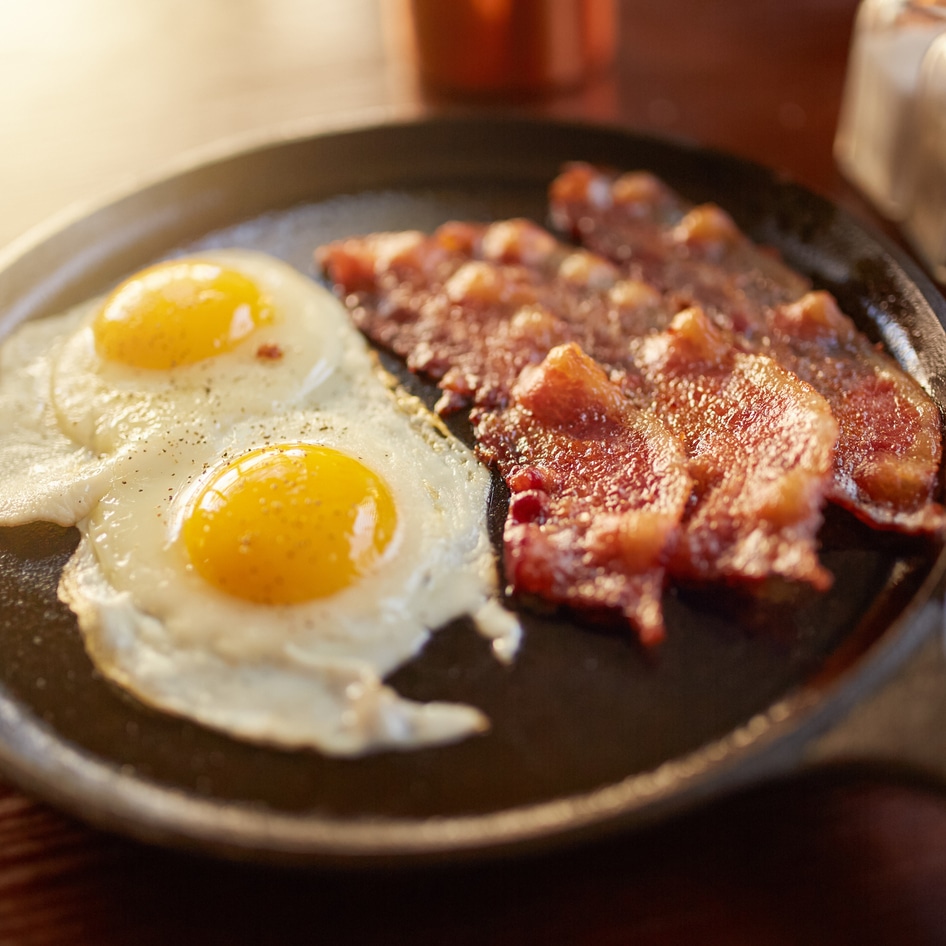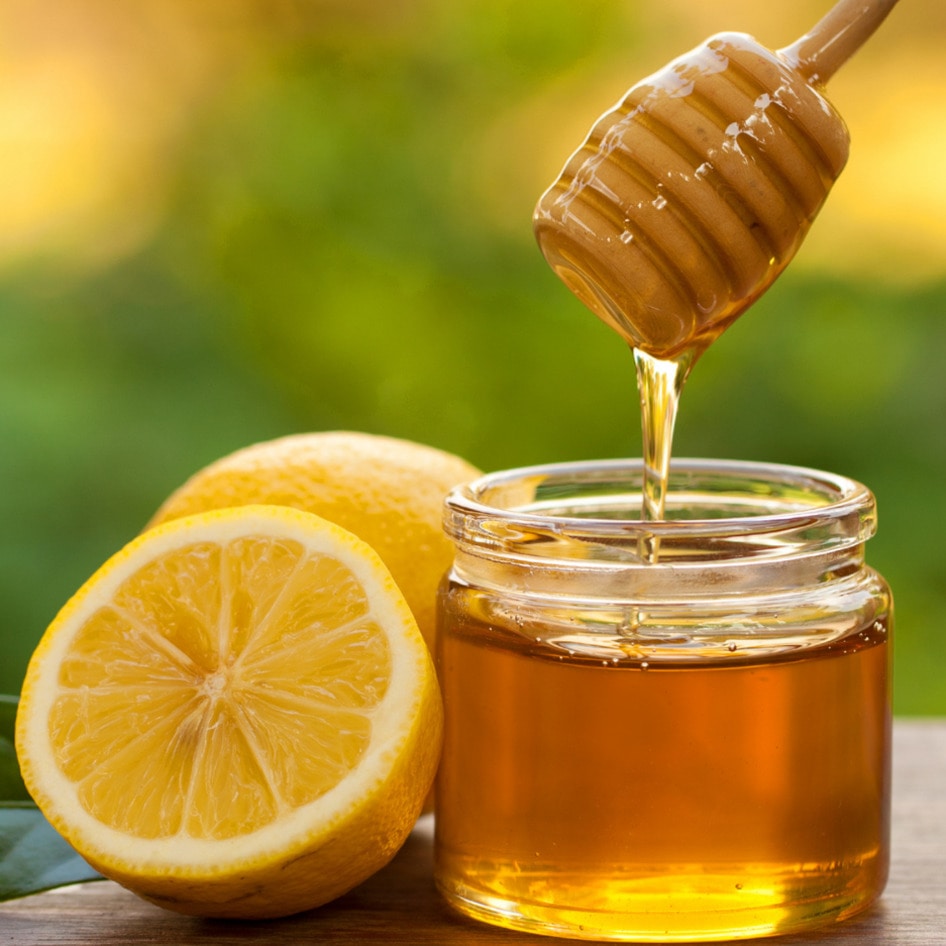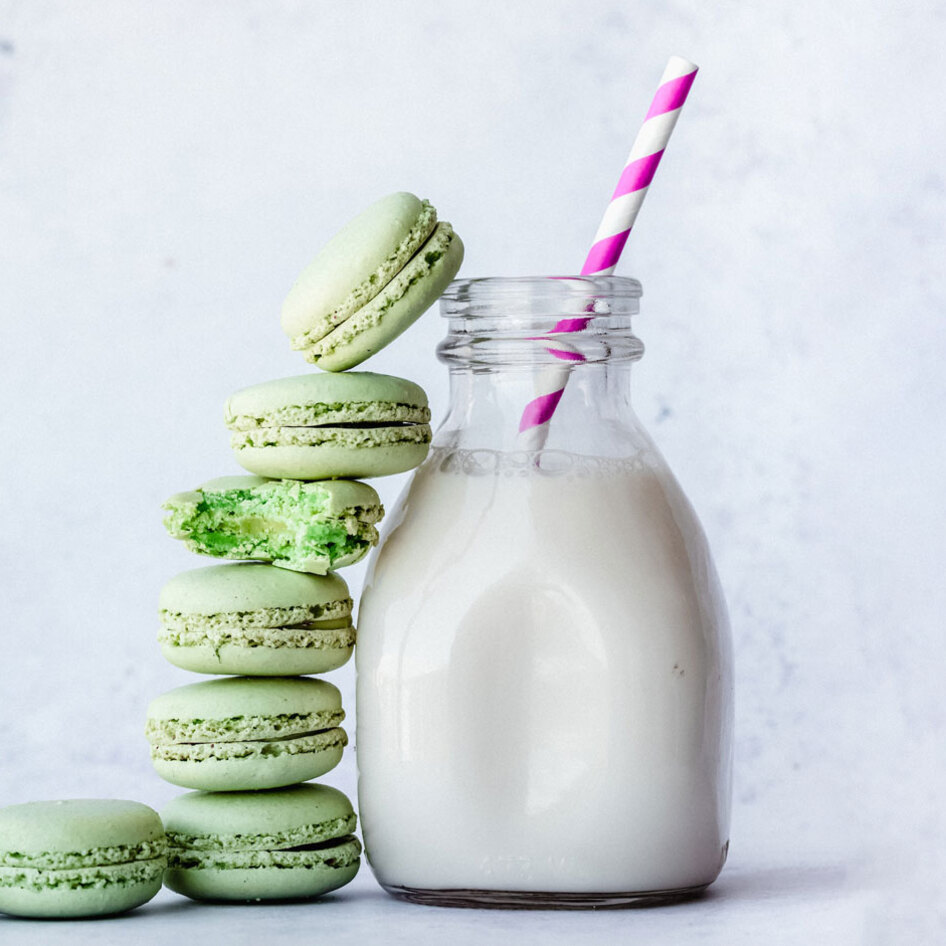If the numbers hold, this could be one of the worst years on record for US honey bees. Preliminary data from commercial beekeepers suggest colony losses may exceed even those of 2006, when a mysterious syndrome known as Colony Collapse Disorder sent pollination rates into freefall and decimated hive populations nationwide.
Nearly two decades later, experts are warning of a familiar, if more complex, collapse. “Early data from this season suggests colony losses may rival, or even exceed, the catastrophic collapse of 2006, when failure rates suddenly jumped from a manageable 10 to 15 percent to a staggering 30 to 50 percent,” Eric Mason, Executive Director of Save the Bee, told VegNews.
What’s different this time is how much more we know. The culprits—climate stress, disease, pesticide exposure, nutritional deficits, and parasitic mites—are now exacerbated by a food system that relies heavily on bees yet undermines their survival.
“The very system that relies so heavily on bees for pollination is also contributing to their decline,” Mason explained.
And that system is increasingly driven by pollination contracts, not honey. “Since around 2015, the business model for many commercial beekeepers has shifted from honey production to pollination services.”
This shift has radically altered how bees live and what they eat. Trucked across the country, honey bees now pollinate as many as five different crops in one season, consuming a monoculture diet of almonds, apples, citrus, and blueberries—crops grown in regions often saturated with glyphosate-based pesticides.
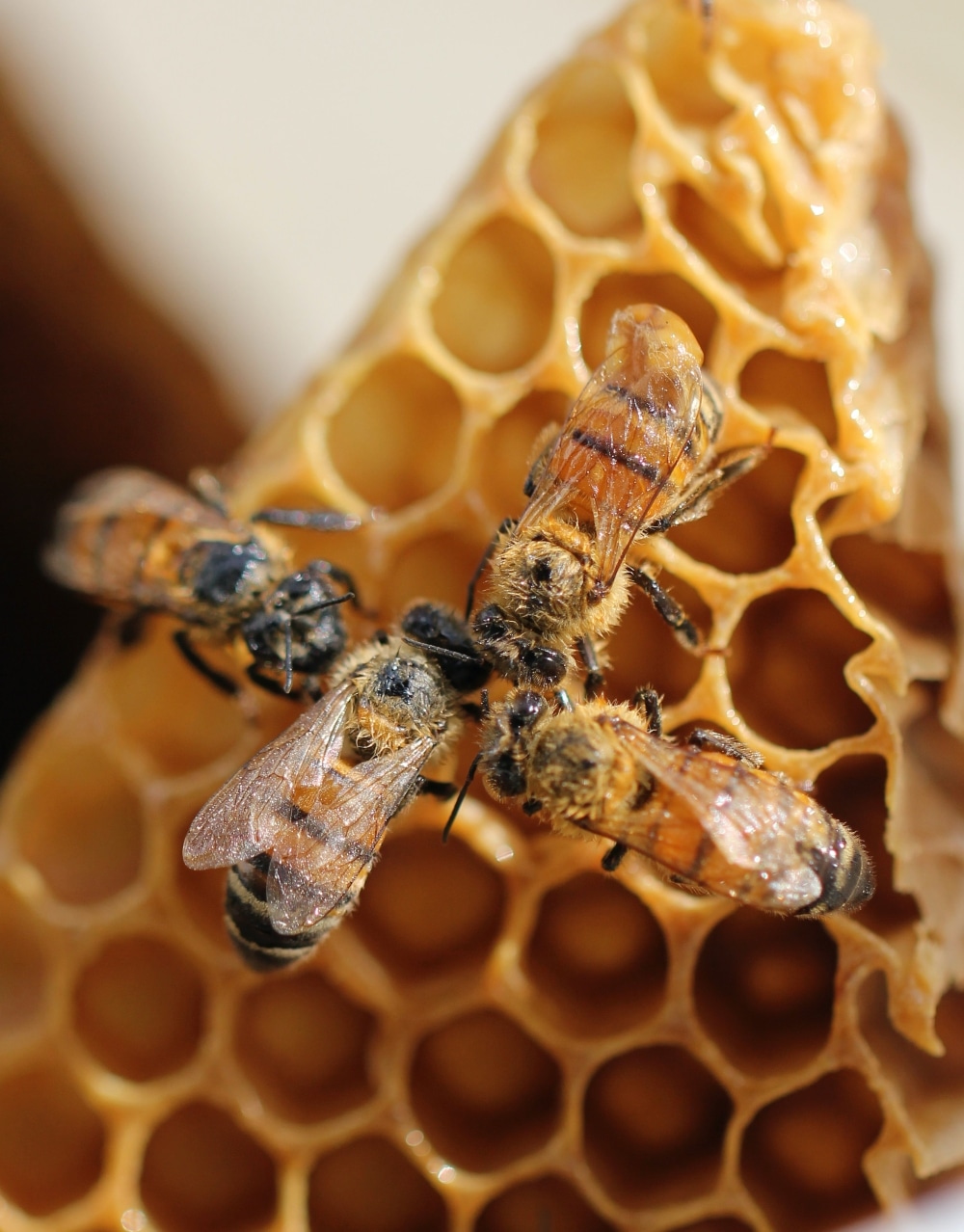 Unsplash
Unsplash
Mason said nearly 90 percent of all US commercial hives were concentrated in California’s Central Valley during the latest almond bloom. “This migratory lifestyle takes a heavy toll,” he said. “They’re exposed to widespread pesticide use, which contaminates their nectar and pollen, impairing digestion and immune function.”
Inside Bragg’s pollinator paradise
In response to this ongoing crisis, Bragg—the century-old wellness company best known for its apple cider vinegar (ACV)—is investing in long-term pollinator protection through a new partnership with Save the Bee. The brand’s involvement, which includes a multi-acre pollinator habitat in Washington, reflects a strategic shift in corporate sustainability—one that moves beyond lip service toward regenerative land stewardship.
After being introduced to Save the Bee, Bragg immediately felt it to be “the right partnership,” said Ashton Roberts, Manager of Supply Chain and Analytics at Bragg.
“Many of Bragg’s products depend on the health of our pollinators; we can’t make ACV without apples grown with the help of pollinators. Bragg’s ethos has always been centered on healthy living and a healthy planet.”
The project centers on a 10-acre plot in Washington designed as a “pollinator paradise,” a term that barely captures the ecological breadth of the effort. This regenerative planting includes a rotating mix of native wildflowers and grasses—like silverleaf lupine, showy milkweed, Lewis blue flax, and Rocky Mountain beeplant—that collectively provide season-long nourishment for bees and other beneficial insects.
“We’ve planted a diverse, regionally adapted mix of native grasses and wildflowers—species chosen for their specific value to bees and broader ecological health,” Mason said. “When our honeybee colonies are on site during their critical April to May window, they benefit immensely from this floral diversity—leaving stronger, healthier, and more resilient than they arrived.”
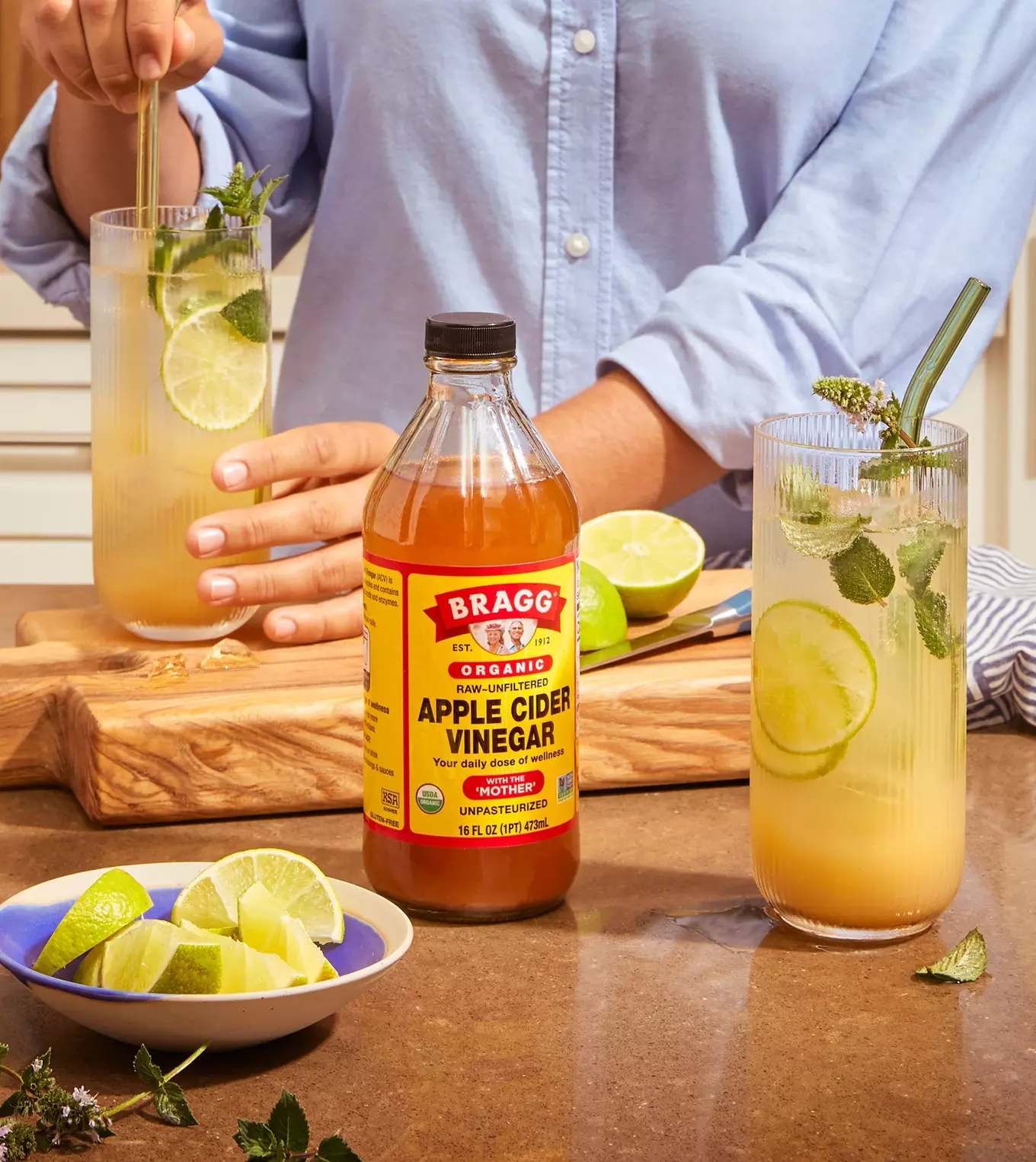 Bragg
Bragg
Yet the benefits extend far beyond honey bees. As the almond blossoms fade in California, the wildflowers in Bragg’s sanctuary bloom on. These perennials support native pollinators like bumblebees and solitary bees, as well as birds, butterflies, and soil-stabilizing plant roots. “This habitat is a living testament to what can happen when we design with nature in mind. It’s regenerative agriculture in action, with benefits that ripple far beyond the bee,” said Mason.
How industrial agriculture is undermining pollinators
Pollinators play a crucial, if often invisible, role in food security. The saying that “one in three bites” of food depends on pollinators isn’t hyperbole—it’s a reality. “Let’s take a simple breakfast: toast with butter and jam, eggs and bacon, coffee with cream, and a bowl of fruit salad,” Mason said. “Without bees, most of that meal would disappear.”
Beyond direct pollination of crops like apples, strawberries, and coffee, bees also influence the quality of animal-derived foods. Clover and alfalfa—staples in the diet of dairy cows and pigs—are bee-pollinated. And while wheat isn’t pollinated by bees, its ecosystem depends on pollinator-supported biodiversity that helps maintain soil fertility and water retention.
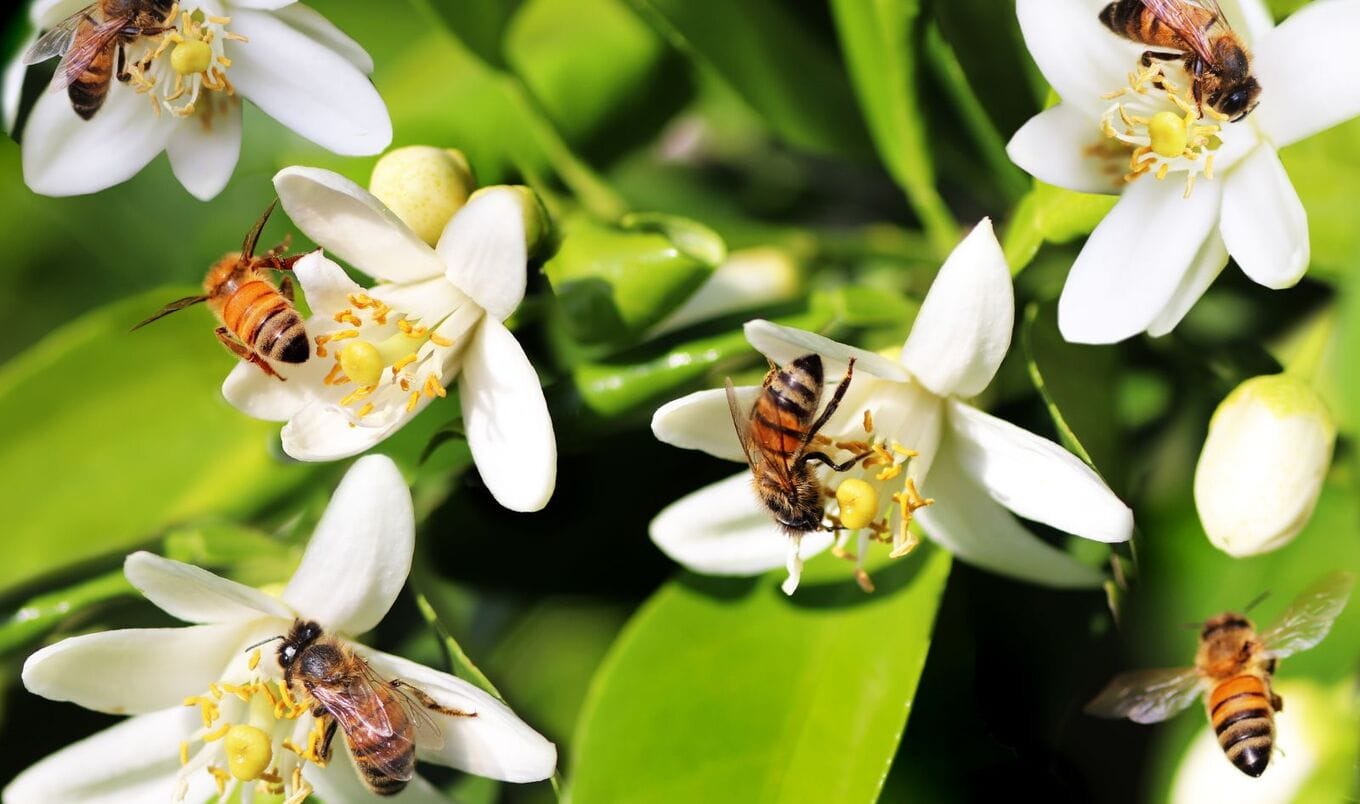 Canva
Canva
This broader systems view has long been missing from corporate sustainability programs, but Bragg is helping to change that. While the wellness brand is most commonly associated with pantry staples like ACV, its leadership now sees ecological restoration as inseparable from its core mission.
“There’s no ACV without apples, and no apples without bees,” Roberts said. “This felt like an opportunity to support the environment in a way that aligned with our values and engaged with a core foundation of the business.”
The company’s support extends beyond large-scale interventions. Bragg and Save the Bee are also committed to public education, offering straightforward actions people can take at home to protect pollinators—without ever donning a beekeeper’s suit.
What consumers can do
“You don’t have to raise bees to save them,” Mason said. “Our Save the Bee Beekeepers movement is built around that exact idea—giving everyday people simple, impactful ways to protect pollinators right from their own homes, yards, and routines.”
Among those actions: plant a range of native flowers that bloom from spring to fall, ditch synthetic pesticides in favor of bee-safe alternatives, and opt for apple cider vinegar over chemical cleaners. “Apple cider vinegar is a powerful, natural alternative for cleaning surfaces and even for weed control. It’s non-toxic, biodegradable, and safe for pollinators,” said Mason.
BECOME A VEGNEWS VIP: Get exclusive product deals, freebies, and perks galore!
Other advice includes buying from local beekeepers and organic farmers, skipping the perfect lawn aesthetic, and even rethinking how we move through the world.
“If we thought a little bit more like the bee, we would place a higher value on cooperation, work more diligently, act with greater purpose—and reserve our sting for only when it’s truly necessary,” said Mason.
Bragg is integrating these practices at every level, including Roberts’ own backyard. “We have made landscaping choices in our yard that support pollinators,” Roberts said. “This includes native flowering plants that bloom at different times of the year to ensure pollinators have a blooming habitat for as much of the year as possible.” She noted that the National Park Service’s regional planting guides are a helpful resource for choosing native species.
The impact of protecting bees stretches far beyond agriculture. “Healthy pollinator populations are essential to the stability and resilience of the ecosystems we all depend on, including those tied directly to climate health,” Mason points out.
Pollinated plants anchor ecosystems, feed wildlife, and prevent erosion. Many wildflowers and cover crops supported by pollinators also store carbon in their root systems, turning degraded farmland into active carbon sinks. “Every pollinated wildflower or cover crop has climate value,” Mason said.
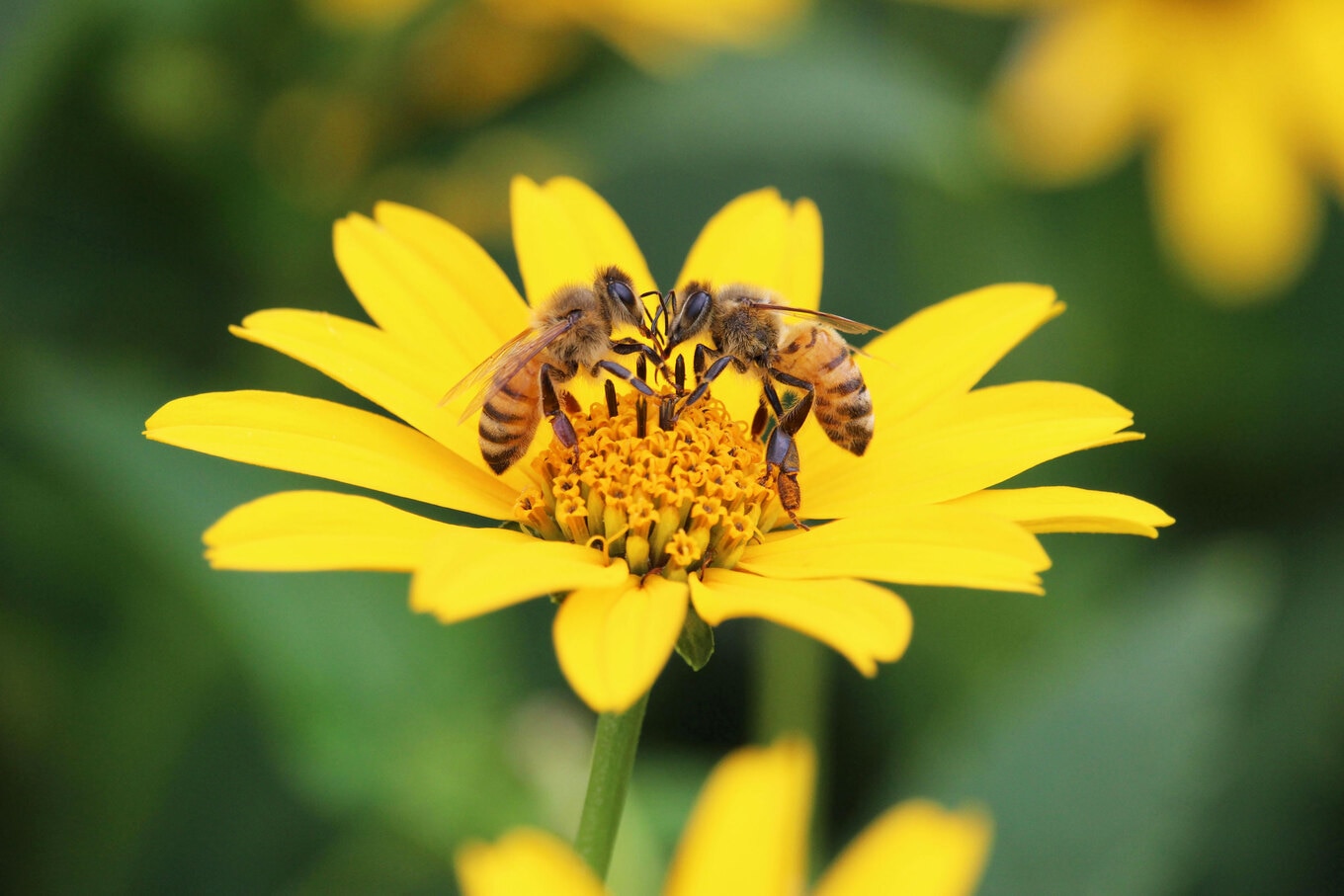 Pexels
Pexels
Moreover, pollinators drive biodiversity, which is increasingly understood as essential to climate adaptation. A mix of species helps ecosystems respond to changes in temperature, drought, and rainfall. “A declining bee population doesn’t just mean fewer flowers; it weakens the very systems that fight climate change at the ground level.”
As the tropilaelaps mite—a devastating cousin of the varroa—makes its way through Europe, Mason warns that time is running out. “Experts warn that it’s only a matter of time before it reaches the US, adding another formidable challenge to already overworked, undernourished, and weakened bee populations.”
But there is still hope. The success of projects like Bragg’s pollinator sanctuary shows what’s possible when companies adopt a regenerative mindset. “We’re not just planting flowers,” Mason said. “We’re repairing a thread in the ecological web.”
For more plant-based stories like this, read:
JUMP TO ... Latest News | Recipes | Guides | Health | Subscribe

